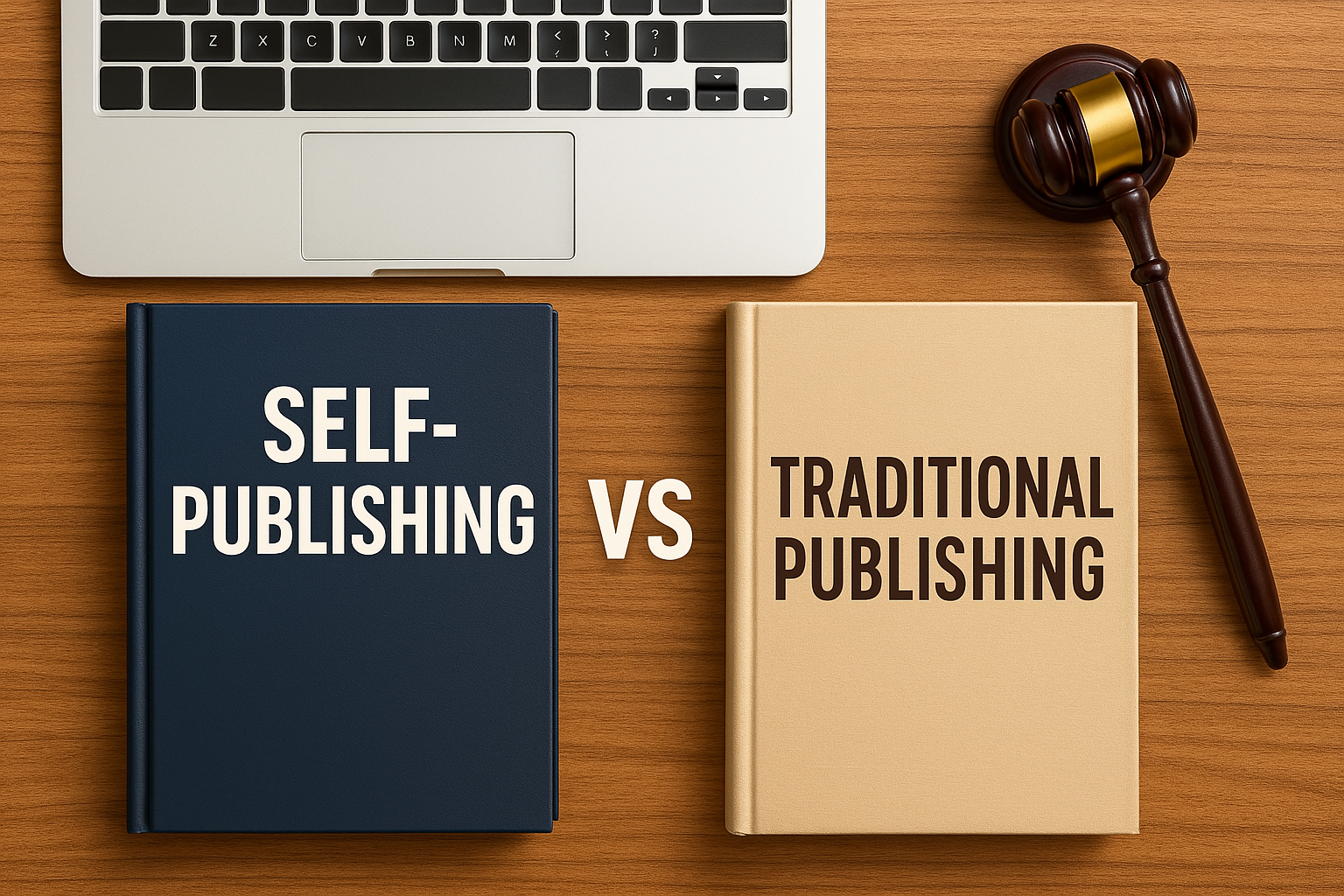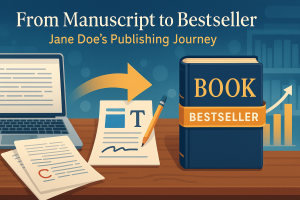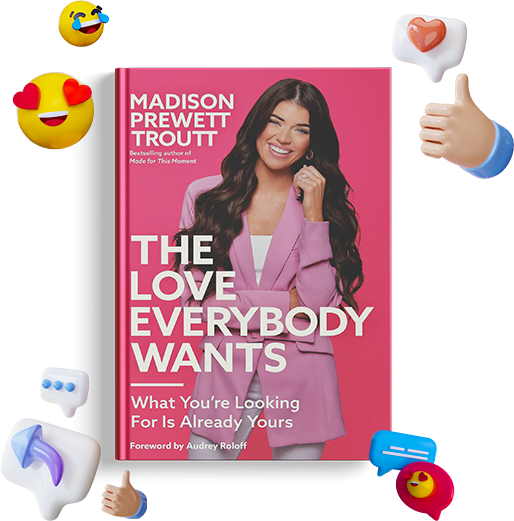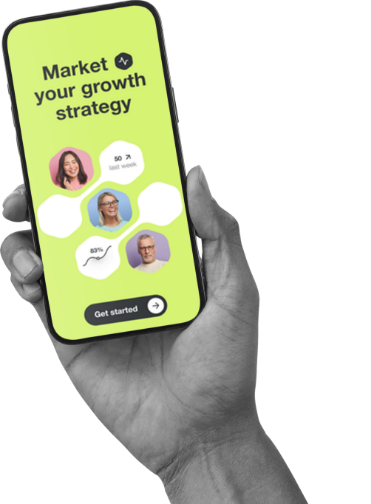Authors face one of the most important decisions of their writing careers: whether to pursue self‑publishing or the traditional publishing route. This guide delves into the pros and cons of each model, providing a comprehensive comparison that will help you decide which approach best aligns with your goals, resources, and creative vision. Whether you’re a first‑time author eager to share your story or a seasoned writer seeking more control over your work, understanding the intricacies of these two publishing paths is essential.
In this article, we cover everything from the history and core differences between self‑publishing and traditional publishing to the financial, creative, and marketing implications of each. By the end, you’ll have a clear picture of what each option offers and the challenges you may encounter along the way. Let’s dive into the world of publishing and explore the advantages and drawbacks of these two distinct yet increasingly convergent methods.
1. Introduction to Publishing Models
Publishing is at a crossroads. With advances in technology, the digital revolution has transformed how books are written, produced, and distributed. Today, the two primary publishing models are traditional publishing and self‑publishing. Each method offers unique advantages and challenges, and choosing the right one depends on your personal goals, financial situation, and appetite for creative control.
Traditional publishing has long been the dominant route, boasting established processes, professional editorial teams, and extensive distribution channels. Conversely, self‑publishing gives authors unprecedented control over every aspect of the book—from content and design to pricing and marketing. As an author, making an informed choice can influence your book’s reach, revenue potential, and long‑term career trajectory.
2. Traditional Publishing: Overview and Advantages
The Process of Traditional Publishing
Traditional publishing involves a multi‑layered process, typically managed by a publishing house. The journey begins with a query letter or a book proposal, followed by a rigorous review process that often includes literary agents. Once an author is signed, the publisher takes on responsibilities such as editing, cover design, printing, and distribution.
An essential part of traditional publishing is working with established professionals who bring their expertise to the table. Many authors find that partnering with the right team elevates their work and enhances its marketability. To find a trusted collaborator who can guide you through the intricate process, consider exploring reputable Book Publishing Services.
Benefits of Traditional Publishing
- Professional Editing and Design:
Traditional publishers provide experienced editors and designers to ensure your manuscript is polished and market‑ready. - Established Distribution Channels:
Large publishing houses have deep connections with bookstores and distributors, ensuring wider visibility and shelf presence. - Advance Payments and Royalties:
Traditional publishing deals often include advance payments against future royalties, providing upfront financial support. - Marketing and Publicity Support:
Publishers typically handle major aspects of marketing, from book tours to media outreach, which can increase your book’s visibility. - Credibility and Prestige:
Being associated with a well‑known publishing house can lend your work significant credibility and appeal to traditional readers.
Challenges of Traditional Publishing
Despite its many advantages, traditional publishing also comes with challenges:
- Competitive Gatekeeping:
Breaking into traditional publishing is highly competitive, with thousands of manuscripts vying for attention. Securing a literary agent can be a lengthy process. - Creative Control:
Once you sign with a publisher, you often have to share creative control. Editors and marketing teams might push for changes that align with market trends, which might differ from your original vision. - Long Turnaround Times:
The overall timeline from submission to publication can take months or even years, which might frustrate authors eager to see their work in print. - Lower Royalty Rates:
While advances can be enticing, traditional publishing royalties are typically lower than those in self‑publishing, meaning you’ll earn a smaller percentage of sales.
3. Self-Publishing: Overview and Advantages
The Self-Publishing Process
Self‑publishing empowers you to take full control of your book. This process involves all the stages of book production, from writing and editing to cover design and distribution. Modern platforms like Amazon Kindle Direct Publishing (KDP), IngramSpark, and others have made self‑publishing more accessible than ever.
In the self‑publishing model, you’re responsible for hiring professionals (if needed), managing budgets, and executing your marketing strategy. Every decision—down to the smallest design detail—is in your hands. This autonomy is empowering for many authors who want a direct line to their readers.
Benefits of Self-Publishing
- Creative Freedom:
Self‑publishing means you get to decide every element of your book’s production. You maintain complete creative control, ensuring that your vision remains intact from start to finish. - Higher Royalties:
Without a middleman, self‑published authors often earn a larger share of each sale. Royalties can be significantly higher, especially on digital platforms where you have more pricing flexibility. - Faster Time to Market:
You decide on the publication timeline, which can be a major advantage if you want to get your book out quickly. - Flexibility in Marketing:
Self‑publishing allows you to experiment with niche marketing strategies. You can adapt, iterate, and personalize your promotional efforts based on direct reader feedback. - Ownership of Rights:
Retaining all rights to your work means you can explore additional revenue streams like film adaptations, audiobooks, and translations.
Challenges of Self-Publishing
Self‑publishing, while liberating, comes with its own set of challenges:
- Upfront Costs:
All the expenses—from editing to design and distribution—are borne by you, requiring a significant initial investment. - Marketing Responsibility:
You’re in charge of your book’s success. Without a publisher’s backing, you must be proactive in building your author platform and marketing your book effectively. - Perception and Credibility:
Despite the growing acceptance of self‑publishing, there may still be a stigma attached to it, particularly among traditional readers and critics. - Time and Effort:
Managing every aspect of the publishing process can be overwhelming, especially if you’re balancing this with writing and other commitments.
For authors keen on managing costs and maximizing their independence, understanding the amazon self-publishing cost is crucial, as it provides insights into budgeting for necessary services.
4. Key Comparison: Traditional vs. Self-Publishing
Now that we’ve explored the individual benefits and challenges of each model, let’s compare them directly across several important factors.
Control and Creative Freedom
- Traditional Publishing:
You collaborate with editors and publishers who can significantly influence your book’s content, design, and marketing strategy. While this can lead to a more polished product, it may also mean compromising on your creative vision. - Self-Publishing:
You retain full control over every aspect of your book. This freedom allows you to stay true to your artistic voice, but it also requires you to handle every detail—often a steep learning curve for first-time authors.
Financial Considerations
- Traditional Publishing:
Offers upfront advances and a stable income stream through royalties, but the percentage of revenue you receive is generally lower due to publishing costs. - Self-Publishing:
Typically provides higher royalty rates but requires you to cover all production, marketing, and distribution expenses. There is also more variability in earnings, as the success of your book depends largely on your own marketing efforts.
Editorial Support and Quality Control
- Traditional Publishing:
A professional editorial team refines your work, ensuring high literary standards and market readiness. However, this process can also lead to delays and less control over final content. - Self-Publishing:
You have the freedom to choose your own editors or self-edit, which can be cost-effective. Yet, without professional guidance, the quality of your book may suffer if not managed carefully. Many authors turn to professional services for critical feedback.
Distribution and Marketing
- Traditional Publishing:
Offers extensive distribution channels, including bookstores, libraries, and media partnerships. Publishers also manage major marketing campaigns, though these efforts are generally geared towards a broad market. - Self-Publishing:
Distribution is primarily digital via online retailers, though print‑on‑demand technology has made physical copies more accessible. However, marketing is entirely in your hands. It is crucial to learn how to market your own book for success in this arena.
Editorial and Production Considerations
Traditional publishing often includes services like cover design, proofreading, and formatting as part of the publishing package. In contrast, self‑publishing requires you to source and fund these services yourself, but it also allows you to tailor each element to your exact specifications.
For detailed guidance on managing the production process, you might be curious about industry standards such as understanding how many pages should a book be, which provides benchmarks that can influence layout and design decisions.
5. Factors to Consider When Choosing Your Publishing Path
Deciding between traditional and self‑publishing is not a one‑size‑fits‑all decision. Here are some critical factors to weigh:
Financial Goals and Resources
Evaluate your budget. Traditional publishing might seem attractive due to advances, but the lower royalty rates could affect long‑term income. Self‑publishing offers higher royalties, yet the upfront costs can be significant.
Desired Level of Creative Control
Assess how much creative input you want over every aspect of your book. If you prefer complete autonomy, self‑publishing might be the ideal route. If you value professional input and a guided process, traditional publishing may be more beneficial.
Market Reach and Distribution
Consider your target audience. Traditional publishers have established networks with bookstores and distribution channels, which can be a significant advantage if physical sales and mainstream exposure are your priorities. Self‑publishing primarily relies on online sales and may require you to build your own promotional strategies.
Time and Effort
Reflect on how much time you’re willing to invest in the publishing process. Traditional publishing involves a lengthy submission and editing process, while self‑publishing allows for a quicker turnaround, though it places more workload on the author.
Industry Credibility and Long-Term Vision
Think about your long‑term career goals. A traditional publishing deal might lend your work additional credibility, especially in a competitive market, whereas self‑publishing can enhance your entrepreneurial skills and offer greater independence.
For authors considering these factors, working with a right publishing partner can provide additional perspective and help align your goals with industry opportunities.
6. Author Experiences and Case Studies
Learning from others who have taken either path can provide invaluable insights. Here are a few case studies that illustrate real‑world experiences:
Case Study 1: Traditional Publishing Success
An emerging novelist secured a traditional publishing deal with an established house. After submitting her manuscript and working with a literary agent, she received professional editing and marketing support. The traditional route allowed her to reach a wide audience through established distribution channels, and she built her credibility as an author despite the slower timeline.
Case Study 2: Self-Publishing Triumph
Another author chose self‑publishing to retain full control over his work. By investing in professional editing services and designing his own cover, he built a personal brand that resonated with a niche market. Although he had to handle all aspects of marketing himself, he enjoyed higher royalty rates and faster publication. He also took time to study amazon self-publishing cost to manage his expenses effectively.
Lessons Learned
Both approaches have their pros and cons, and the right choice often depends on personal circumstances, goals, and resources. Reading firsthand experiences helps potential authors avoid common pitfalls and set realistic expectations for their publishing journey.
7. Future Trends in the Publishing Industry
The publishing industry continues to evolve, influenced heavily by digital technologies and changing consumer behaviors. Here are a few trends that are shaping the future:
Digital Transformation
E‑books, audiobooks, and online distribution are driving the future of publishing. Both traditional and self‑publishing platforms are increasingly digital, allowing for wider global reach and instant accessibility. Authors now have more options than ever to get their work out to readers directly.
Hybrid Publishing Models
Some publishers blend traditional and self‑publishing practices, offering authors a middle‑ground that combines professional support with creative autonomy. These hybrid models are gaining traction for their flexibility and personalized approach.
Enhanced Marketing Strategies
Digital marketing continues to play a critical role in the success of any book. Influencer partnerships, social media campaigns, and data‑driven marketing are becoming standard practices. Innovative promotional tactics can drive sales and build a loyal readership, regardless of the publishing model.
Technological Integration
Advances in technology, including AI‑driven editing tools and analytics, are influencing how books are written, published, and sold. Authors can now streamline many aspects of the publishing process, from manuscript preparation to targeted marketing, resulting in more efficient and effective book launches.
8. Conclusion: Making the Right Publishing Decision
Choosing between self‑publishing and traditional publishing is a significant decision that affects not only your book’s production but also your long‑term career as an author. Traditional publishing offers professional support, a broader distribution network, and added credibility, but often at the cost of creative control and lower royalty percentages. On the other hand, self‑publishing grants you complete control over your work, higher royalties, and faster publication times, though it requires a greater personal investment in the production and marketing process.
Ultimately, the best choice depends on your personal goals, resources, and vision for your work. If you desire a guided, collaborative process with the backing of seasoned professionals, traditional publishing might be the way to go. However, if you prefer creative independence and the ability to directly connect with your audience, self‑publishing offers a modern, flexible alternative.
Remember that no publishing path is inherently superior; each has its own set of benefits and challenges. As an author, you have the unique opportunity to shape your career by choosing the path that best aligns with your aspirations. For those ready to take the next step, finding a partner who understands your vision is crucial. Utilizing expert services through reputable Book Publishing Services can provide a significant advantage in today’s competitive market.
Furthermore, the journey doesn’t end once your book is published. Effective marketing, thoughtful engagement with readers, and continuous learning will help your work stand out. Explore strategies on how to market your own book and maintain quality standards by staying informed about industry best practices.
In conclusion, whether you choose traditional publishing or self‑publishing, your commitment to storytelling and quality will be the cornerstone of your success. Embrace your creative journey, learn from those who have paved the way, and confidently decide on the path that allows your voice to shine. The world of publishing is vast, and every story has the potential to leave a lasting impact.









